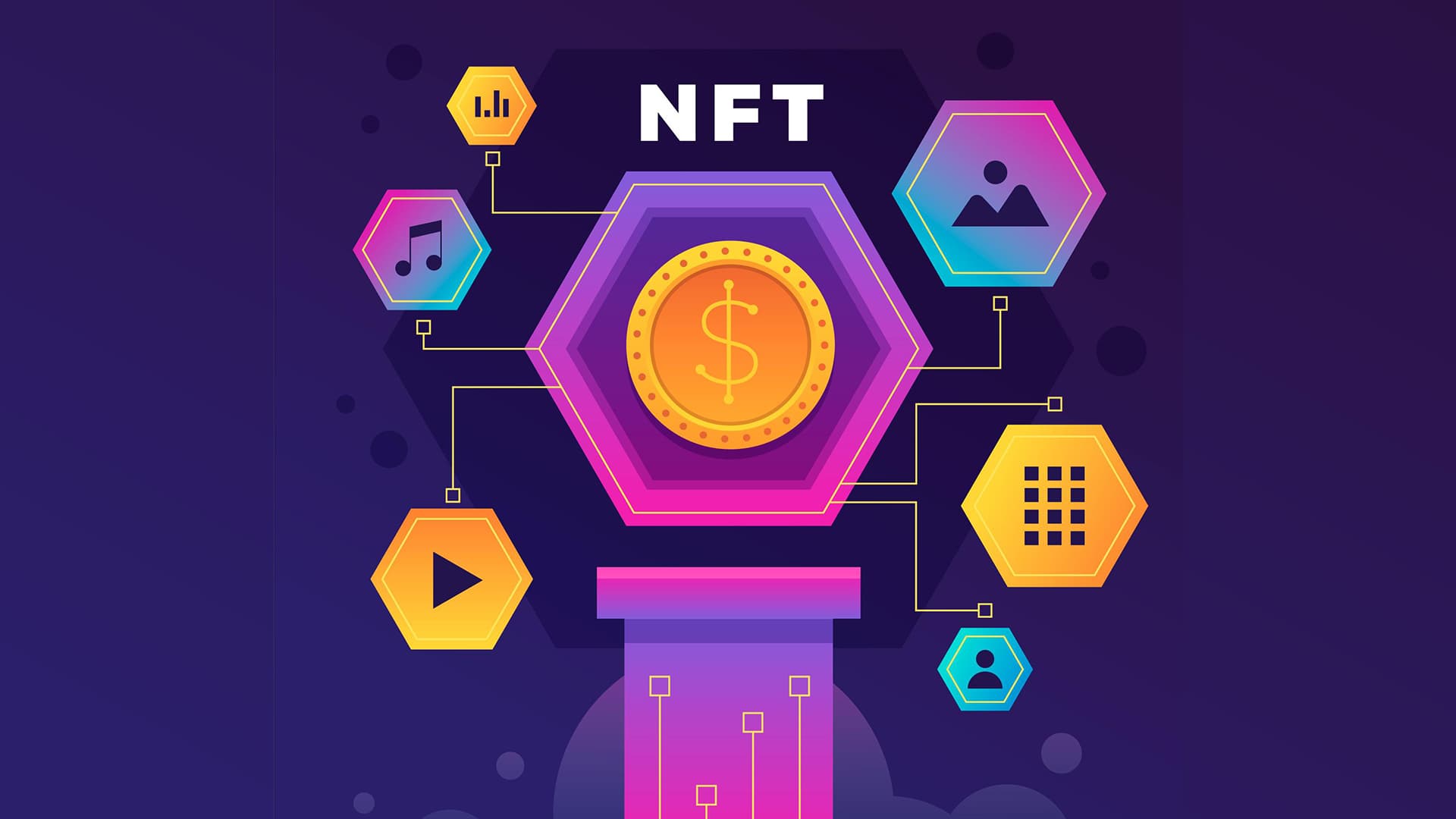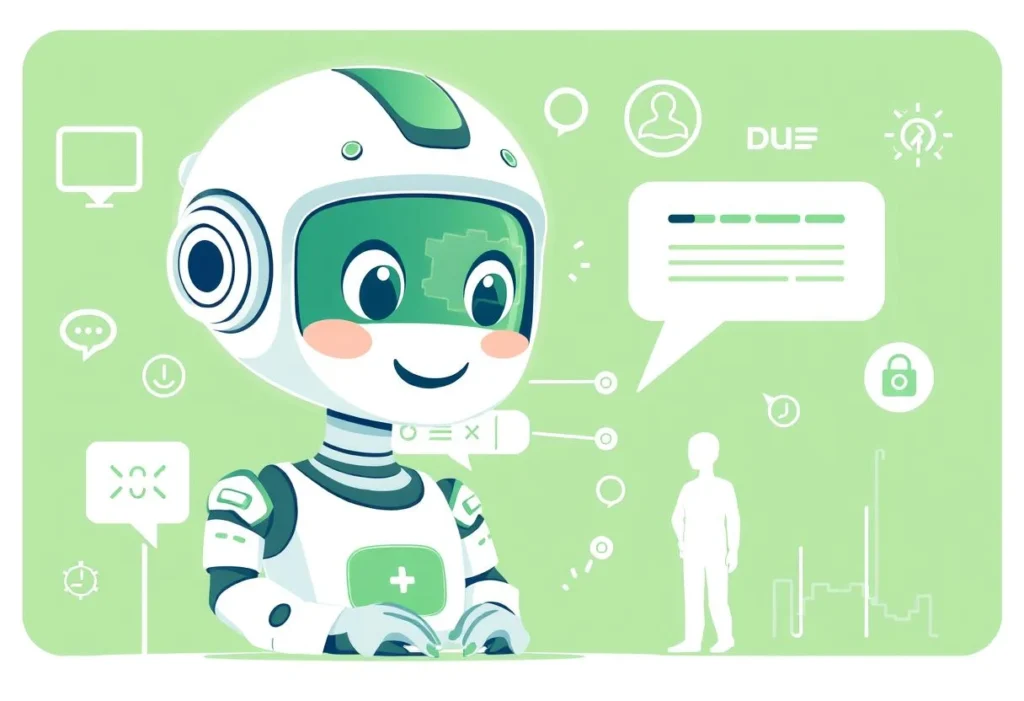A Comprehensive Guide to Non-Fungible Tokens and Their Diverse Use Cases
NFTs (Non-Fungible Tokens) have created a modern digital gold rush. From viral memes selling for millions to in-game weapons you can own and trade—NFTs are rewriting the rules of ownership and value in the digital age. But what exactly are NFTs, and why do they matter beyond just digital art?
Whether you’re a curious beginner or someone eyeing new investment opportunities, this article will explain NFTs in simple terms, explore their far-reaching applications, and reveal where this exciting technology is headed.
What Are NFTs? The Digital Ownership Revolution
NFT stands for “Non-Fungible Token.” Let’s break it down:
- Non-Fungible: Something unique that can’t be replaced with something else. Think of a rare baseball card. In contrast, money is fungible—one $10 bill is always equal to another $10 bill.
- Token: A digital certificate of ownership, securely recorded on a blockchain (a tamper-proof digital ledger).
In essence, an NFT is a one-of-a-kind digital asset, like an original painting, but verified on the blockchain for authenticity and ownership.
How Do NFTs Work?
NFTs are built using blockchain technology, most commonly on the Ethereum network. Each NFT has a unique digital signature, setting it apart from other digital assets—even those that may look identical.
When you buy an NFT, you gain ownership of a digital “token” representing a unique file—an image, song, video, domain name, in-game item, or even a digital deed to real-world property. The blockchain records your purchase, making ownership transparent and verifiable.
Why Are NFTs Valuable?
Value is driven by two factors: scarcity and ownership. In the physical art world, the original Mona Lisa has immense value because there is only one. NFTs make it possible to establish digital scarcity.
With NFT technology:
- Digital creators can sell original works directly to collectors worldwide.
- Buyers can prove authenticity and ownership.
- Artists earn royalties automatically when NFTs are resold thanks to smart contracts.
NFTs and Digital Art: A Creative Revolution
NFTs first exploded into the mainstream through digital art. In March 2021, artist Beeple’s NFT artwork “Everydays: The First 5000 Days” sold for over $69 million at auction.
Why do artists love NFTs?
- Direct-to-fan sales without intermediaries.
- Automatic royalty payments for every future sale.
- Protection against forgery—blockchain verifies the original.
Why do collectors love NFTs?
- Proof of ownership for digital assets.
- The thrill of supporting and discovering new artists.
NFTs are democratizing the art world and opening up global, borderless marketplaces for all kinds of creators.
Gaming Assets: How NFTs Are Powering the Next Era of Gaming
NFTs are transforming gaming by enabling true digital ownership of in-game assets:
- Players own swords, armor, skins, or virtual land as NFTs.
- Items can be traded, sold, or used across different games, creating a player-driven economy.
- Popular NFT games such as Axie Infinity and The Sandbox pioneered these digital economies, allowing players to earn real-world income through gameplay.
In-game NFTs mean gamers are no longer just “renting” items—they truly own digital assets and can profit from their skills and collections.
Beyond Art and Gaming: Other Use Cases for NFTs
Music and Audio
Musicians and producers use NFTs to release exclusive tracks, albums, or concert tickets. Fans purchase these as collectibles or passes, supporting artists directly and getting unique perks.
Sports Collectibles
NFTs replicate the thrill of owning rare sports memorabilia. NBA Top Shot, for example, allows fans to collect and trade highlight clips as NFT “moments.” Sports brands are offering digital trading cards, virtual sneakers, and more.
Collectibles and Memorabilia
Digital collectibles span everything from virtual pets to fashion accessories—often in limited editions, creating demand and community around digital ownership.
Virtual Real Estate
NFTs enable ownership of virtual land in online worlds like Decentraland and CryptoVoxels. Owners can build, host events, or even lease property, turning digital “locations” into valuable assets.
Identity and Credentials
NFTs can represent identity tokens, digital diplomas, or event tickets. This use case streamlines verification, cutting down on fraud and paperwork.
How to Buy or Create an NFT
1. Setting Up a Digital Wallet
First, set up a digital wallet (such as MetaMask or Coinbase Wallet) to store cryptocurrencies and NFTs securely.
2. Buying Cryptocurrency
Most NFT marketplaces require Ethereum (ETH) or another supported cryptocurrency. Purchase crypto from an exchange and deposit it into your wallet.
3. Explore NFT Marketplaces
Popular NFT platforms include OpenSea, Rarible, Foundation, and SuperRare. Browse collections and purchase NFTs directly or bid in auctions.
4. Minting Your Own NFT
Creators can “mint” new NFTs using marketplace tools, uploading content and setting sales terms, including royalties.
Security, Risks, and Common Questions
Are NFTs Safe?
NFTs are secure as long as you protect your wallet access. However, beware of phishing scams and only use trusted marketplaces.
Are NFTs Bad for the Environment?
NFTs have drawn criticism for energy-intensive blockchain technology, but newer solutions (like Ethereum’s move to proof-of-stake) are making NFTs greener.
Can I Lose My NFT?
If you lose access to your wallet, you lose your NFT. Always keep backup phrases safe and private.
Are NFTs a Good Investment?
NFTs are speculative. While some have skyrocketed in value, others don’t hold their price. As with any investment, do your research and never invest more than you can afford to lose.
The Future of NFTs: What’s Next?
NFTs are rapidly evolving:
- Web3 and the metaverse will deepen integration, making NFTs keys to accessing exclusive content, virtual spaces, or even online communities.
- Mainstream brands, music labels, and sports leagues are launching NFT programs, bringing mass adoption closer.
- Real-world applications—such as property deeds, event tickets, and identity verification—show how NFTs can solve practical problems beyond pure collectibles.
NFTs are quickly becoming much more than digital art—they’re emerging as the foundation of new economic models for creators, gamers, brands, and individuals alike.
Conclusion: NFTs Are Here to Stay
NFTs mark a pivotal shift in how we own, buy, and sell digital assets. Their utility is growing every day—from dazzling art sales to empowering gamers and unlocking new opportunities across entertainment, commerce, and beyond.
Whether you’re a seasoned collector, a gamer, an artist, or simply NFT-curious, one thing’s clear: understanding NFTs puts you ahead in the digital world.
Ready to Dive In?
Curious about NFTs and their potential? Start exploring the possibilities—whether collecting digital art, powering up your favorite games, or even creating your own unique assets. Embrace the NFT revolution and unlock new doors in the digital realm!






